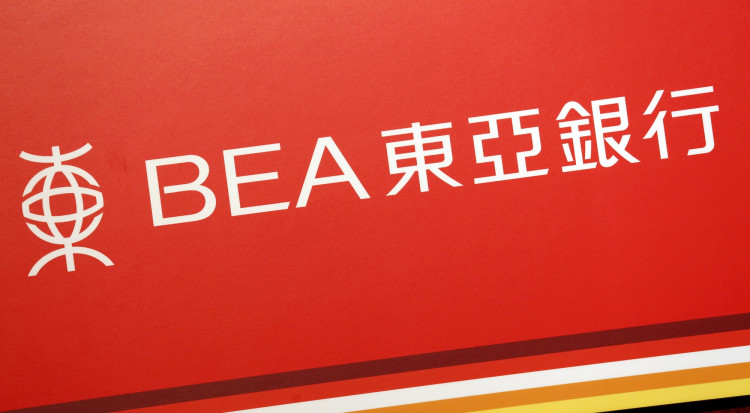Hong Kong-listed The Bank of East Asia Ltd. is selling its life insurance business as a result of shareholder pressure - including from activist investor Elliott Management. They want a change in business direction. The decision follows a monthslong review.
The bank, one of two remaining family run Hong Kong banks, said the sale would improve the value of its business. It said the decision should also help its financial position and allow it to concentrate on its core banking business in mainland China and Hong Kong.
"With a nimbler business, we will be better positioned to pursue our strategic priorities, thereby strengthening our core operations, supporting our growth initiatives and optimizing shareholder return," BEA's joint chief executives Brian Li Man-bun and Adrian Li Man-Kiu said.
"The sale of BEA Life will be a good first step and we look forward to continuing our engagement while the company follows through on this and the other important conclusions of the review," Jonathan Pollock, joint chief executive and chief investment officer at Elliott Management Corp., said.
BEA said it would seek a partnership with the buyer of its insurance business through a long-term exclusive distribution agreement. This will allow the bank to continue selling insurance through its own banks.
BEA decided on a strategic review of its business in March - putting an end to a five-year legal battle with U.S. activist hedge fund Elliot Management. After BEA agreed to the review Elliot halted legal action against the company.
U.S. investment bank Goldman Sachs, which helped BEA's strategic review, will be the financial adviser for the sale of the life insurance unit. As of the end of last year BEA's life insurance business generated gross written premiums of around HK$4.8 billion ($619 million).
BEA will explore new ways to increase its core businesses including attracting more depositors and potential strategic partnerships for banking.
BEA will concentrate on wealth management to increase fee-based income. It will introduce new ways to improve risk management and lower its cost-to-income ratio.






